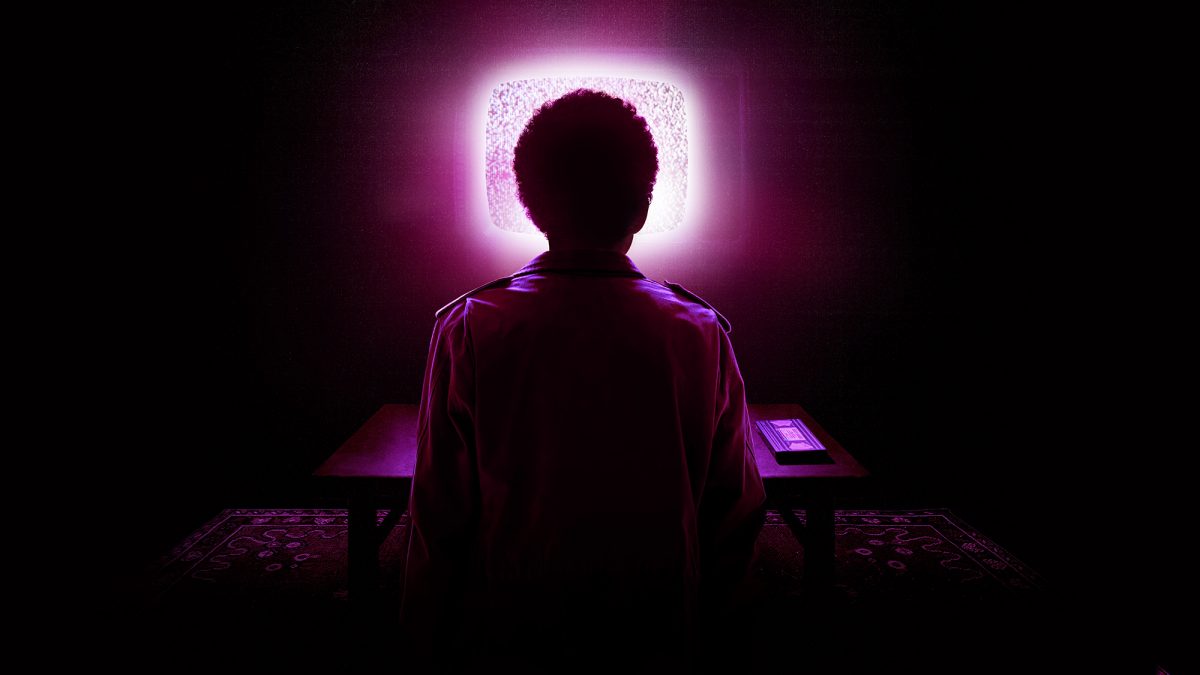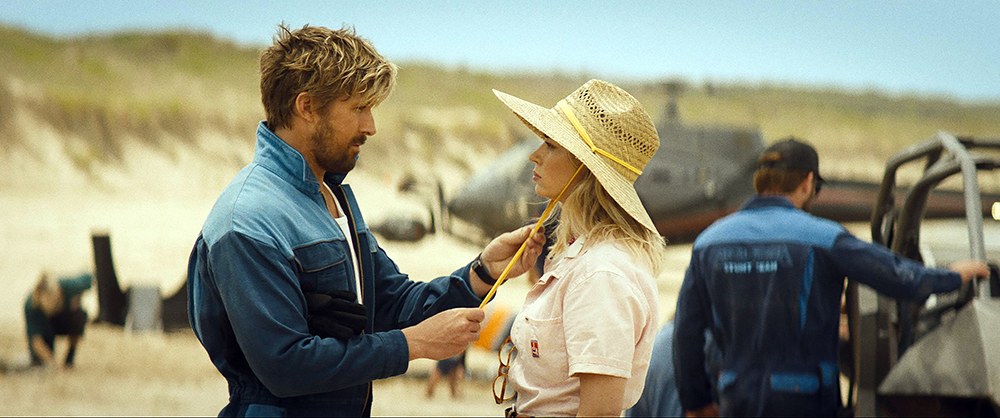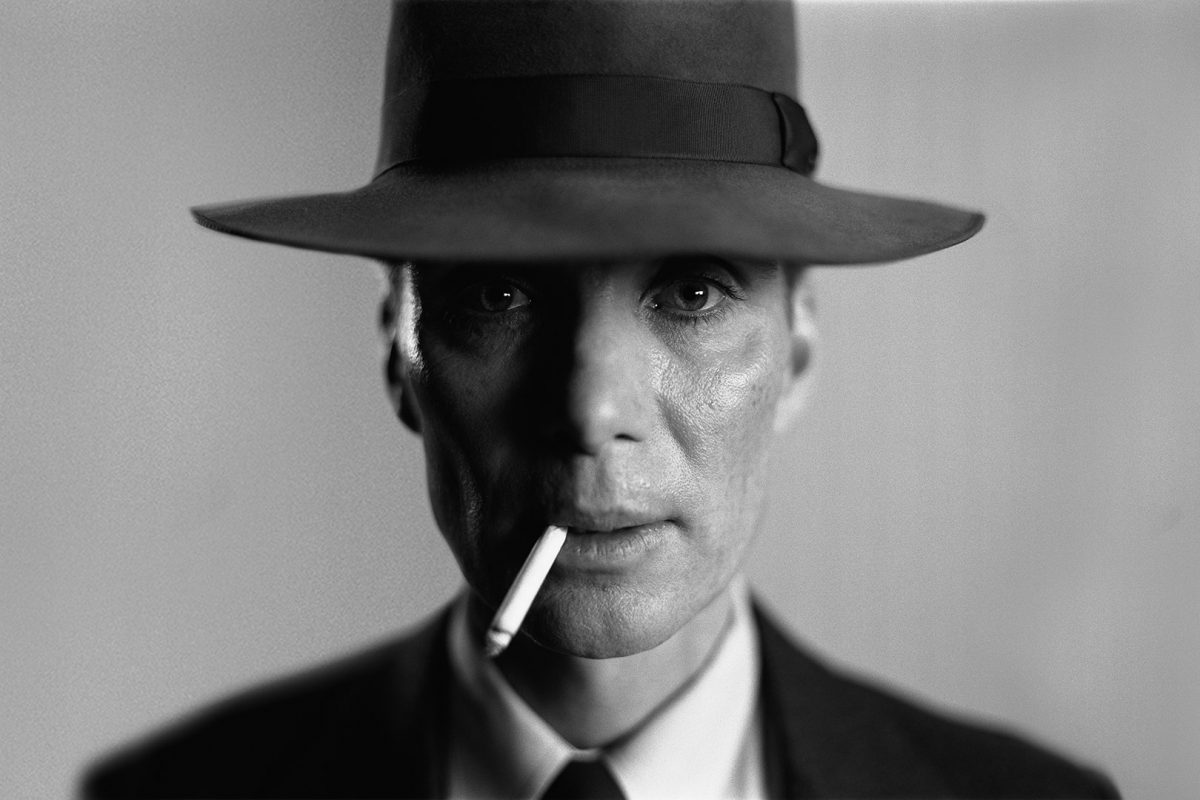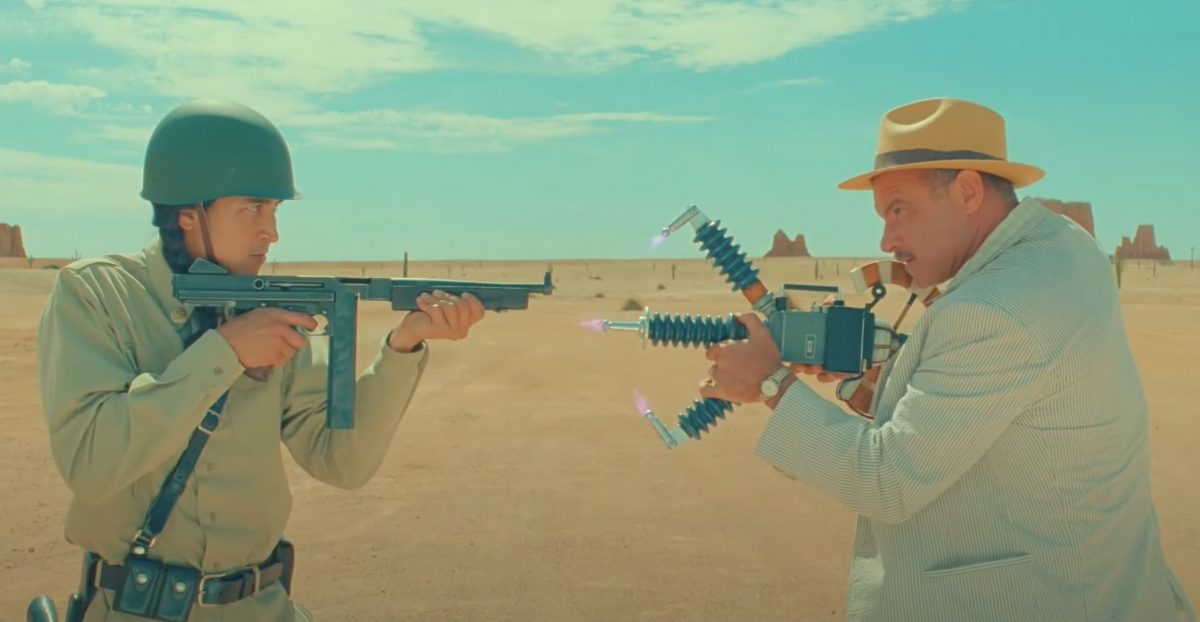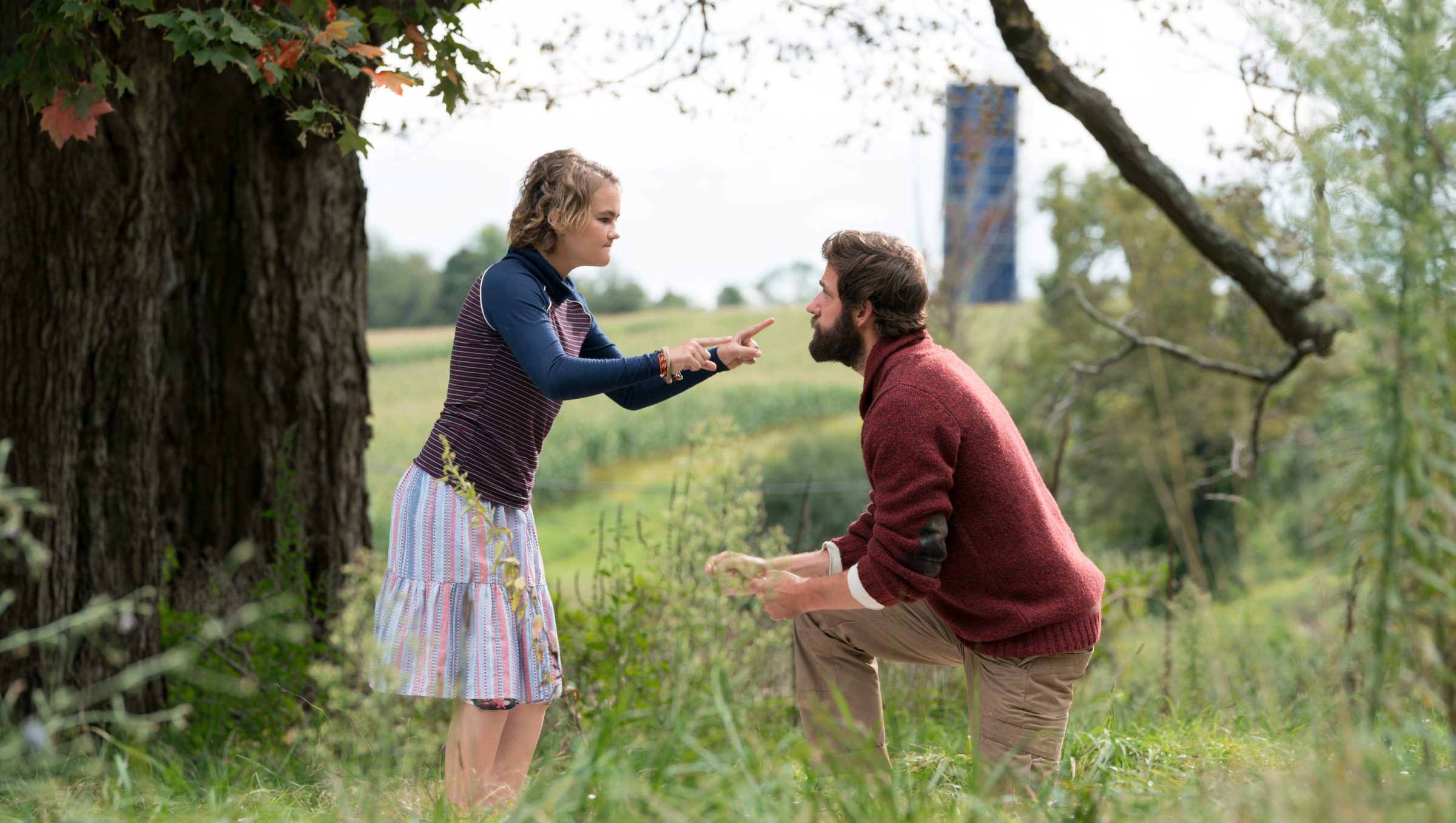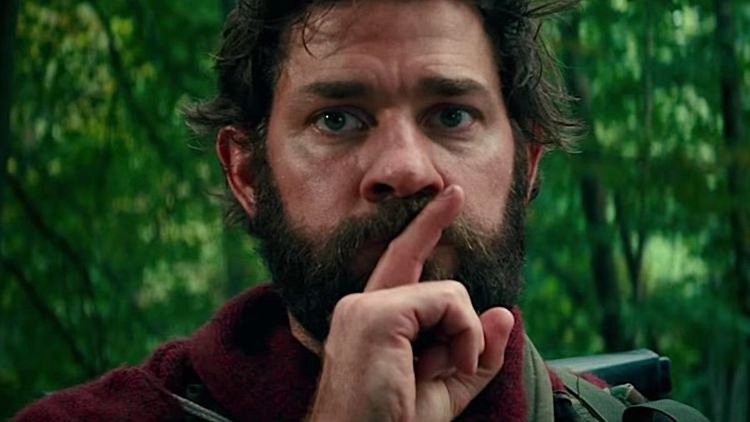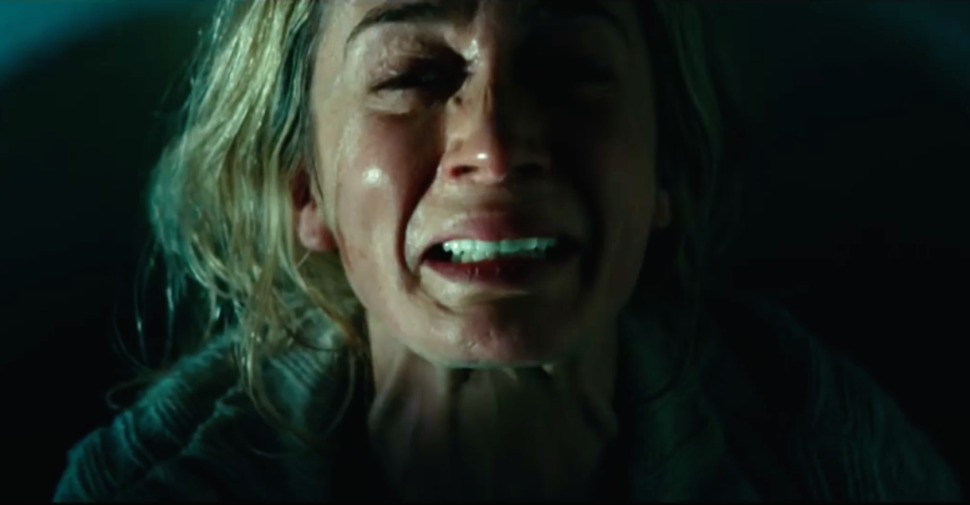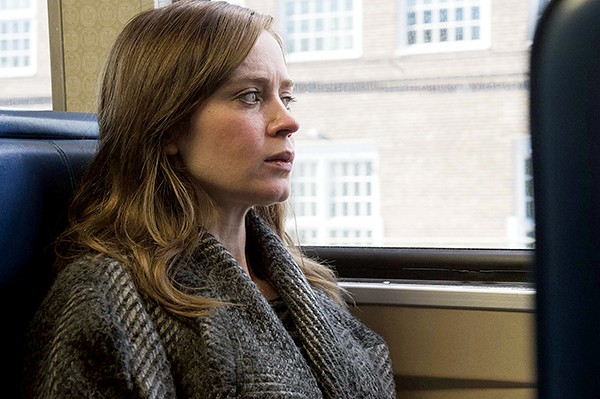The week of May 17-23 at the movies offers lots of fun choices, including the premiere of a film I’ve been most excited about for months:
I Saw The TV Glow
Jane Schoenbrun’s psychological horror about teenage fandom is already being hailed as one of the best movies of the year. Owen (Justice Smith) bonds with Maddy (Brigette Lundy-Paine) over their mutual love for the YA series The Pink Opaque. Years later, with adulthood’s problems pressing down, Maddy reappears in Owen’s life, telling him they can escape into the fictional world of the show — but there’s a price to pay for a permanent trip to TV land.
IF
Young Elizabeth (Cailey Fleming) has an imaginary friend named Blossom (Phoebe Waller-Bridge) that only she can see. The catch is, she can also see other kids’ imaginary friends, including the ones whom their companions outgrew. Her neighbor Cal (Ryan Reynolds) has the same ability, and together they try to reunite the abandoned Imaginary Friends (IFs) with their former kids. This live action/animated hybrid features a huge cast of voices, including Steve Carell, Emily Blunt, Matt Damon, Maya Rudolph, Jon Stewart, George Clooney, Bradley Cooper, and, in his final role, the late Louis Gossett, Jr.
Back to Black
Marisa Abela stars in this biopic of singer Amy Winehouse, who scored major hits in the 00’s and set the record for the most Grammys won in one night. Director Sam Taylor-Johnson tries to separate the tabloid hype from the real person, who died in 2011 at age 27.
The Blue Angels
This new documentary takes IMAX back to its roots as the biggest documentary format. The U.S. Navy’s aviation demonstration team features some of the best pilots in the world. The film gets up close and personal with them, as they get up close and personal with each other while flying F-18s at 300 mph.
Flash Gordon
The Time Warp Drive-In returns for May with the theme Weird Realms. It’s three sci-fi movies from the ’80s that feature extreme visuals unlike anything else ever filmed. In the early 1970s, after George Lucas had a major hit with American Graffiti, he wanted to do a remake of Flash Gordon, which had started as a comic strip before being adapted into one of the original sci-fi serials in the late 1930s. Italian producer Dino De Laurentiis refused to sell him the movie rights to Flash Gordon, which he had purchased on the cheap years before, so Lucas decided to do his own version. That became Star Wars, and you may have heard of it. After Lucas struck gold, De Laurentiis decided to finally exercise his option. His Flash Gordon, which featured visuals inspired by the classic comics, didn’t impress sci-fi audiences upon its 1980 release, but has proven to be hugely influential in the superhero movie era. The best parts of the film are the Queen soundtrack and Max von Sydow (who once played Jesus) chewing the scenery as Ming the Merciless. To be fair, there’s a lot of scenery to chew on.
The second film on the Time Warp bill is The Dark Crystal. Muppet master Jim Henson considered this film his masterpiece, and the puppetry work is unparalleled in film history. If you’re only familiar with the story through the Netflix prequel series (which was also excellent), this is the perfect opportunity to experience the majesty of the original.
The final Time Warp film was Ridley Scott’s follow-up to Blade Runner. Legend has it that the unicorn shots in Blade Runner were actually Scott using that film’s budget to shoot test footage for Legend. A really young Tom Cruise stars with Mia Sara in this high fantasy adventure. Again, the best part of the film is the villain. Tim Curry absolutely slays as Darkness, while sporting one of the best devil costumes ever put to film.
